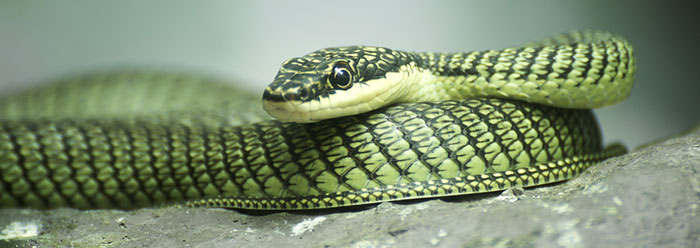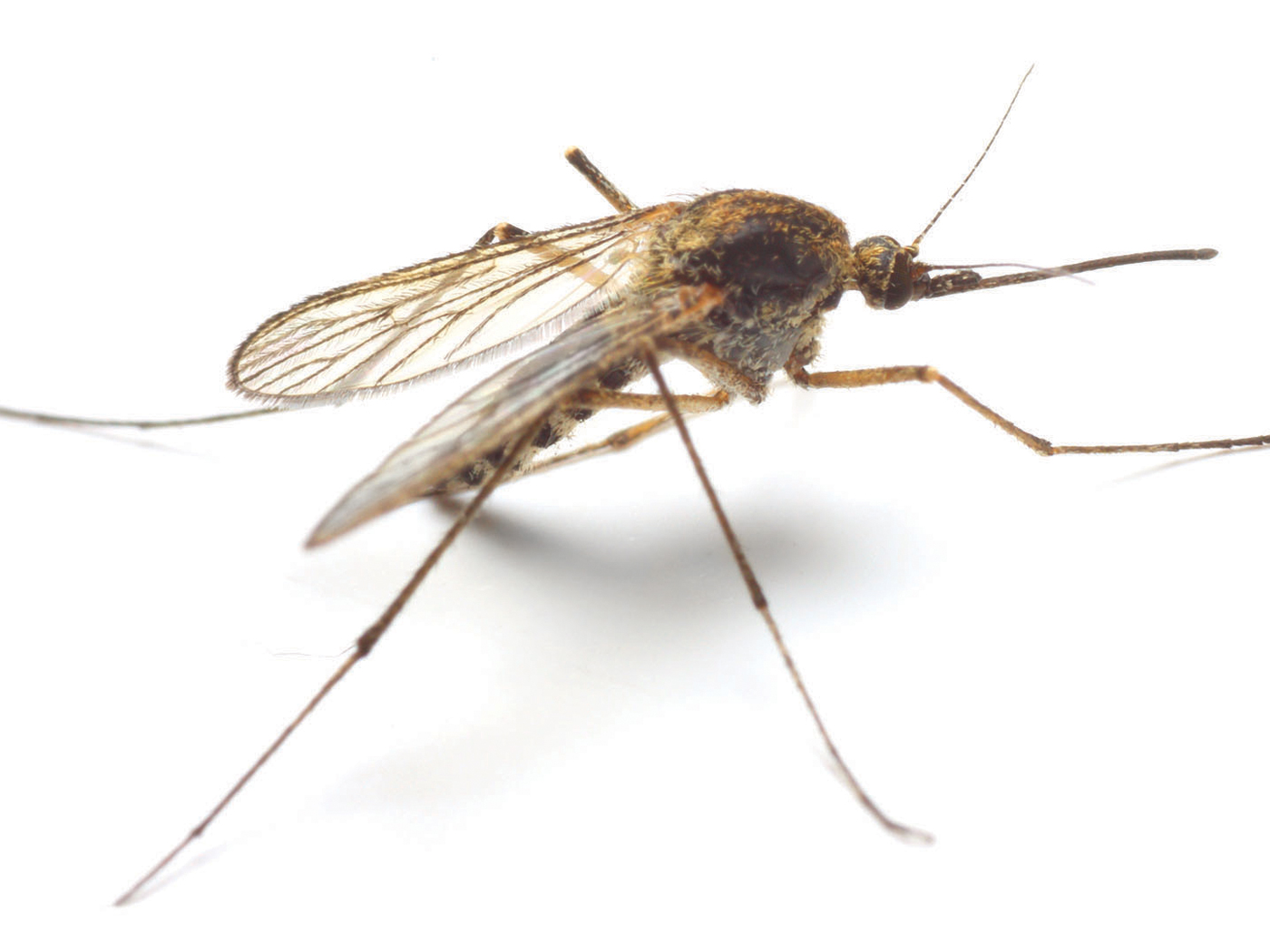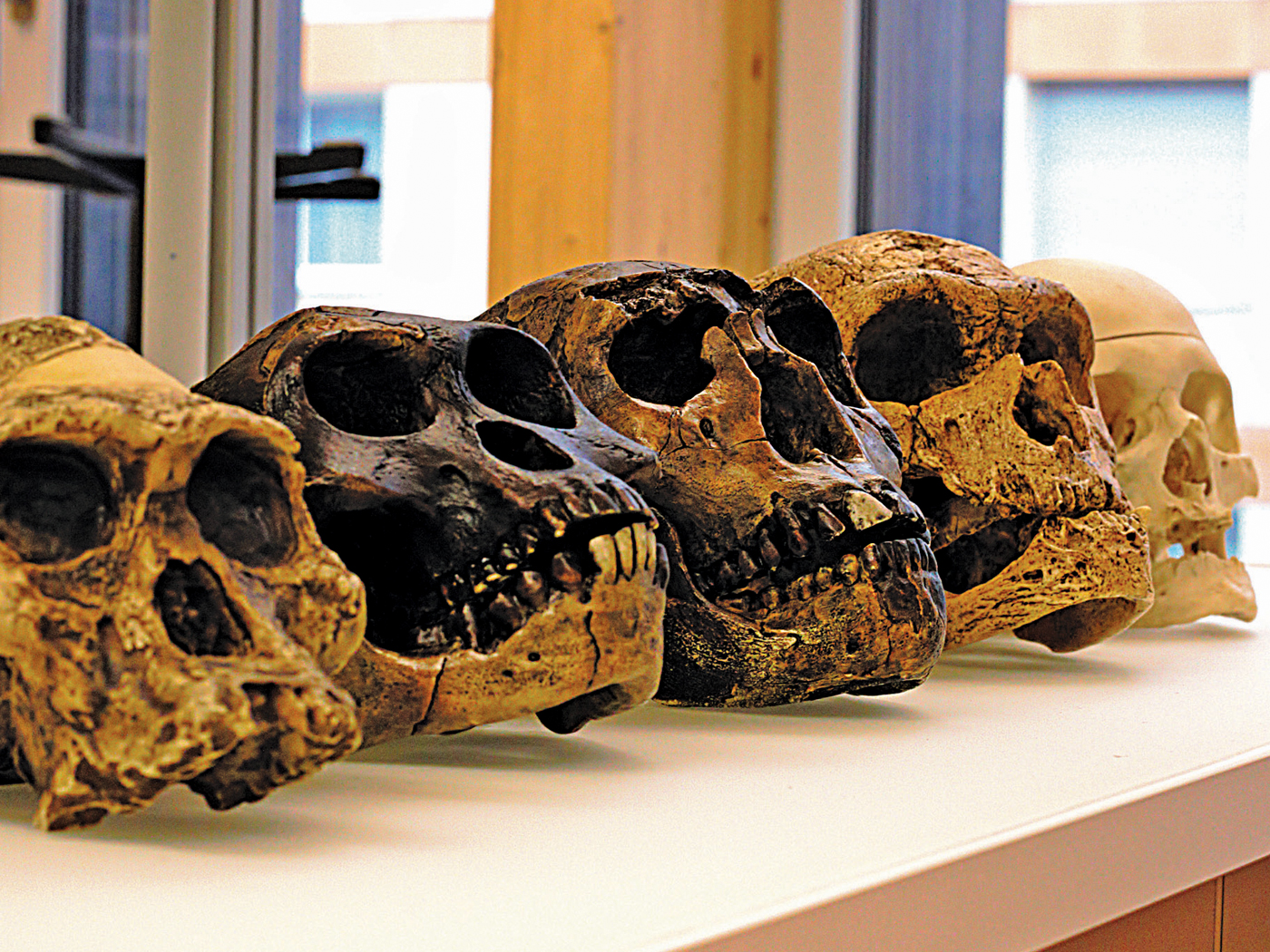Darwin's book Origin of Species, published in 1859, proposed the concept of evolution by purely naturalistic causes, especially natural selection. His idea was that the small variations observed within a population of plants or animals would lead to large changes, given a fortuitous environmental change which favored the variant's opportunity for survival and reproduction.
In his book, Darwin cited no examples of natural selection (or of the origin of any species, by the way), for none was known at the time. It was a hypothetical concept only. He did discuss at length artificial selection—the results of animal and plant breeders, which had produced significant results. In fact, during the twenty years or so before he published, he corresponded with many plant and animal breeders. They had purposively selected particular characteristics which had some commercial value, producing new breeds of dogs, faster horses, cows with more milk, crops with greater yield, etc. Darwin reported these successes and postulated that the same could happen in a natural setting, all the while acknowledging that, left to themselves, the new variations quickly would breed back into the basic types. Furthermore, those individuals, far from the norm, were typically less fit for survival in natural settings. Nevertheless, artificial selection was the main support for his idea of natural selection.
About this same time, an episode of true natural selection was taking place, however, and Darwin seems not to have fully grasped its significance. It is such a good example of a population shift brought about by environmental changes that some have called it "Darwin's missed opportunity." Evolutionists have not missed it since then, for it appears in almost every book dealing with evolution and is touted as the proof of Darwinian (or Neo-Darwinian) style evolution. It concerns the peppered moth Biston betularia in England, and the case of "industrial melanism."
Throughout the centuries, this moth was observed to have a light color with small dark spots (pepper) 98% of the time. The other 2% possessed a dark color; same moth; two colors; all interfertile; all one species. The peppered group was well camouflaged from birds by the lichen-covered tree trunks.
In the 1800s, the industrial revolution brought air pollution and soot which killed the light-colored lichen, exposing the dark tree trunks. Now, so the story goes, the light-colored moths easily were seen by birds, while the dark moths were camouflaged better. The dark group survived and reproduced over 90% of the total population. Now that the environment is being cleaned up, the lichens are resuming, and the percentage of light moths is increasing proportionately.
The population shift has been hailed as proof of Darwinian evolution. Probably every student in public education has been taught it. However, what really happened? At the beginning, there were light and dark shades. Once the pollution darkened the environment, there were light and dark shades. There are light and dark shades now. Throughout the entire time, both shades existed and comprised a single interbreeding species. There is no evolution here.
Actually, the situation is more complex than the textbooks present. There are at least five varieties of shades forming a continuum. The "controlled" experiments by Kettlewell and others in the '50s and '60s actually employed highly abnormal population diversities and environments. Genetically, the situation is quite complex.
However, at any rate, the peppered moth demonstrates what creationists have been saying all along. Variation within a specific created type occurs all the time. Natural selection can select the variant best suited for an environment, but natural selection does not create anything new. Why, then, do evolutionists use this as Exhibit No. 1? This, obviously, must be the best evidence they have got.
* Dr. John Morris is President of the Institute for Creation Research.
Cite this article: Morris, J. 1994. Do Peppered Moths Prove Evolution? Acts & Facts. 23 (4).





















